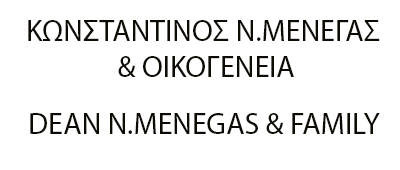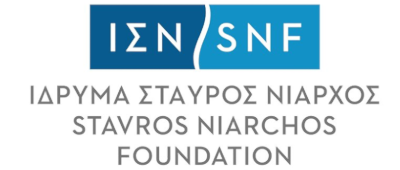Amyklai I: The earliest human presence on the hill of Ag. Kyriaki, most probably a settlement, is dated to the late Early Helladic period. This conclusion is based on the large quantity of EH II pottery of fine and coarse ware and a small amount of MH Minyan ware, as well as on the presence of the circular pits for pithoi (ca. 30 until today), which were uncovered all over the surface of the top of the hill. In conjunction with this fact, perhaps the cuttings in the bedrock, sometimes near the circular pits, are traces of early dwellings in the Amyklaion. Furthermore, the clear level containing this material is an indication that the EH and the smaller MH settlement was partially abandoned, probably during the Late Bronze Age for the needs of the subsequent use of the area as an open air sanctuary.
Amyklaion I: The important role of the hill as a religious center from the end of the LH IIIB until the end of the LH IIIC is confirmed by the discovery of a large number of votive figurines, which had been dedicated to the unknown deity of the sanctuary, and the rhytons used for libations. The main types of figurines are: a) female figurines of the Psi type, b) animal figurines (horses, bovids, dogs, sheep and goats), and c) fragments of large wheelmade animal figurines. This period corresponds to Amyklai II when the settlement moved westwards where it remained probably until modern times.
Amyklaion II: Cult activity in the open air sanctuary continued through the succeeding Early Iron Age into Protogeometric and Geometric period (1050 - 700 B.C.). From the 10th century B.C. onwards, the cult practices are intensified and the number of the visitors rises significantly, as indicate the great bulk of pottery of that period, as well as the numerous bronze votive offerings. Among the finds, of exceptional interest are the human figures of 10 cm. height, outstanding pieces of the Laconian metalworking of the middle 8th century B.C.
The particular place that the settlement of Amyklai had in the region of Laconia during the Early Iron Age is evidenced, among others, by its mention in the Homeric lists of ships (II. 2584). A general interpretation, that is derived from the archaeological evidence, as well as from literary and historical sources, leads to the conclusion that the settlement of Amyklai was incorporated into the city of Sparta by Teleklos around 750 B.C., as its fifth obe, and, in this way, it began the process of shaping a new political identity.
Amyklaion III: To the first monumental phase of the sanctuary, in the transition from the 8th to the 7th century B.C. (ca. 700 B.C.), belong the construction of the Geometric precinct wall and the colossal cult statue - xoanon (late 7th century B.C.), with its monumental base (bathron). During this period Sparta prevailed in the two Messenian wars and founded the colony of Taras.
Amyklaion IV: During the second monumentalisation phase of the sanctuary, the late 6th century B.C. (around 500 B.C.), both the increased needs of the ritual activity and the raised number of the devotees, led 1) to the erection of the first temple of Apollo, the so-called thronos, which enclosed the already existed xoanon, 2) the construction of the circular altar and 3) the new peribolos wall with a monumental entrance gate at the north side. However the movable finds of the period are not as qualitative and quantitative as the examples from the Sanctuary of Artemis Orthia. Among them of particular interest are the exceptionally plenty aryballoi, either plain or with elaborate decoration, the bronze votive objects, the fragments of ivory plaques and the figurines of the 7th and 6th centuries B.C.
Amyklaion V: Interventions on the peribolos wall, fragments of architectural members and the remains of a large building on the north end of the hill, confirm the building activity at the sanctuary from Classical times to late antiquity (5th century B.C. – 5th century A.D.).
Amyklaion VI: The gradual, but essential alteration of the sanctuary, through the destruction of the ancient monuments, from the 5th and 6th centuries A.D. onwards, confirm 1) the remains of a protobyzantine Basilika with the Baptisterium linked to it and 2) the burial monuments, as well as simple graves, for the construction of which building material from the throne was used. A triconch chapel at the same spot of the actual church of Aghia Kyriaki was erected during the 10th century A.D. During the Byzantine and Post-Byzantine period (11th - 19th centuries A.D.) began the systematic exploitation of the architectural members of the sanctuary's monuments and their dispersion throughout the Eurotas valley.
Amyklaion VIΙ: It is confirmed that the church of Ag. Kyriaki, on the top of the homonymous hill, exists there since 1800 and afterwards.










